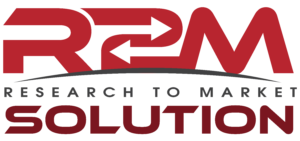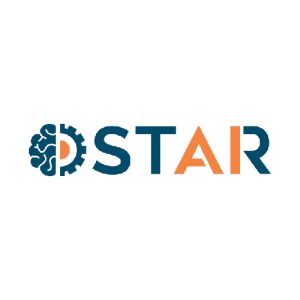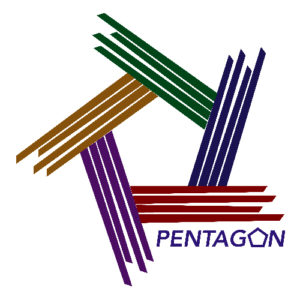
Geofit
Smart Geothermal Systems
GEOFIT is an integrated industrially driven action aimed at deployment of cost effective enhanced geothermal systems (EGS) for energy efficient building retrofitting. This entails the technical development of innovative EGS and its components, namely, non-standard heat exchanger configurations, a novel hybrid heat pump and electrically driven compression heat pump systems and suite of heating and cooling components to be integrated with the novel hybrid heat pump concept, all specially designed to be applied in energy efficient retrofitting projects. To this end, a suite of tools and technologies is developed, including:
– low invasive risk assessment technologies, site-inspection and worksite building monitoring techniques;
– control systems for cost-effective and optimized EGS in operation phase and novel BIM-enabled dedicated tools (Building Information Modeling);
– application of novel drilling techniques as the improved low invasive vertical drilling and trenchless technologies.
GEOFIT brings these technical developments within a new management framework based on Integrated Design and Delivery Solutions for the geothermal based retrofitting process. The IDDS driven process will materialise in the Geo-BIM enabled Retrofitting Management Platform (Geo-BIM tool). By using the five demonstration sites as open case studies in four countries and climates, featuring different representative technical scenarios/business models, GEOFIT will leverage its key exploitable results, adapted business models and market-oriented dissemination for maximizing impact and wide adoption of these novel geothermal technologies and approaches.
Motivation & Impact
Role of R2M
Motivation & Impact
Geothermal retrofitting of buildings is one solution to help address climate change and to meet renewable energy generation goals and sustainability targets. At the building level, it is possible to attain:
– 40-70% savings on heating
– 20-50% savings on cooling
Overall, geothermal energy is:
– Renewable: Ground energy is available endlessly, 24 hours a day for heating and cooling.
– Environmentally friendly: Any usage of ground energy reduces the emissions of greenhouse gas.
– Safe and controllable: Ground energy is technically mature and has been used for heating and cooling for more than 50 years.
– High performance: a response to all energy demands such as heating, cooling, hot water and energy storage.
– Versatile: applicable in combination with other energy sources.
– Economically sustainable: regionally usable, independent of external suppliers and changes in currency exchange rates.
However, the cost and efficiency of existing geothermal systems, mostly based on vertical wells, to provide heating and cooling in buildings being retrofitted or renovated are not very competitive in particular when digging is difficult. As such, there is the need to develop easy to install and efficient underground coupling systems for retrofitting existing types of buildings, including historical buildings, to make geothermal energy a standard source of heat and cold in building renovation. Improved and more cost-efficient heat pumps to optimize the use of the energy generated by geothermal systems can also be an important contribution to improving the overall performance and cost effectiveness of geothermal retrofits.
If these challenges are successfully addressed and exploitation pathways developed, the benefits of geothermal energy can be attained by an increased number of buildings.
Role of R2M
R2M serves as the GEOFIT project coordinator. In this capacity, R2M has the role to ensure the efficient implementation of the project and to work to maximize its impact.
Technical focus areas for R2M include engagement of the engineering division in providing drone related imagery for site assessment and structural health monitoring, to include the consideration of geothermal coupling to seismic retrofits (also as a business case). Another technical contribution relates to methodologies to assess and design non-standard ground heat exchangers (baskets and/or slinky systems). A last technical contribution relates to how geothermal systems might be considered as a flexible asset in smart grid scenarios. Overall, R2M serves as the project innovation manager and exploitation developer. In this regard, R2M facilitates the management of project exploitable results and then develops business cases and business models to bring them to the market in synergistic or combined ways within the context of local settings (policy, incentives, soil, weather, building types or otherwise).















































